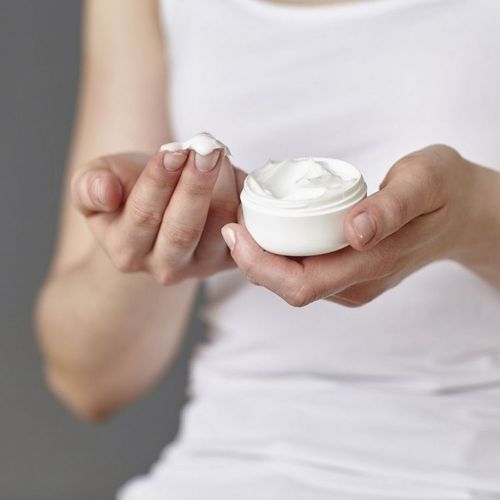If you suffer from chronic arthritis pain or I have aching muscle strains or spasms after I exercising, chances are you regularly take aspirin or another nonsteroidal anti-inflammatory drug (NSAID), such as ibuprofen (Advil) or naproxen (Aleve).
There is another option. Over-the-counter (OTC) topical pain relievers can be very effective without causing the stomach upset or gastrointestinal bleeding that may accompany oral pain medication.
Latest development: A topical form of the oral prescription NSAID diclofenac (Voltaren) is expected to undergo FDA review within a year or so. It is already available in Europe and Canada. Meanwhile, a variety of OTC topical pain relievers are available now. The products below relieve arthritis, backache and muscle strain. Most are used three to four times daily. Follow label instructions.
Helpful: If one type of topical pain reliever doesn't work for you, try one from another class until you find a product that provides relief.
Caution: Keep these products away from your eyes, nose and other mucous membranes.
SALICYLATES
These aspirin-based products dull pain and curb the inflammation that often accompanies and worsens pain.
How they work: Topical salicylates inhibit the production of prostaglandins substances in the body that cause pain and swelling when they are released in response to strains, sprains and other injuries. Salicylates include…
- BenGay Ultra Strength Pain Relieving Cream.
- Aspercreme Analgesic Creme Rub with Aloe.
- Sportscreme Deep Penetrating Pain Relieving Rub.
- Flexall Maximum Strength Pain Relieving Gel.
Warning: Do not use salicylates if you are sensitive or allergic to aspirin or take blood-thinning medication that might interact with them. Consult a doctor before applying a salicylate to a large area several times a day.
COUNTERIRRITANTS
These pain relievers give the sensation of warmth or coolness to mask pain.
How they work: Creating a secondary stimulus to diminish the feeling of pain reduces physical discomfort. It's what you do instinctively when you stub your toe, then grab it to apply pressure. Both competing sensations travel to your brain at the same time-but because only a limited number of messages can be processed at one time, the initial feeling of pain is diminished. Counterirritants include...
- Icy Hot Pain Relieving Balm, Extra Strength.
- Tiger Balm Extra Strength Pain Relieving Ointment.
- Therapeutic Mineral Ice.
In most cases, coolness is beneficial for acute injuries, such as sprains, while warmth eases stiffness.
Caution: People sensitive to heat or cold should avoid counterirritants.
CAPSAICINS
These products, which are a type of counterirritant, contain capsaicin, an extract of hot peppers that causes a burning sensation.
How they work: Unlike most other counterirritants, capsaicin inhibits the production of substance P, a chemical that sends pain messages to the brain via the nervous system. Capsaicins include…
- Zostrix Arthritis Pain Relief Cream.
- Capzasin HP Arthritis Pain Relief Creme.
LIDOCAINE
Lidoderm is a prescription-only patch that contains lidocaine, a topical anesthetic similar to the novocaine that dentists often use to numb the gums.
How it works: Lidocaine blocks signals at the skin's nerve endings. The Lidoderm patch (lidocaine 5%o) is worn for 12 hours a day over a period of days. It slowly releases medication, so it has longer lasting effects than other pain relievers and helps with pain that emanates from nerves near the surface of your skin, such as that caused by shingles or diabetic neuropathy.
Caution: Side effects include dizziness, headache and nausea. Allergic reactions are rare but may occur.
